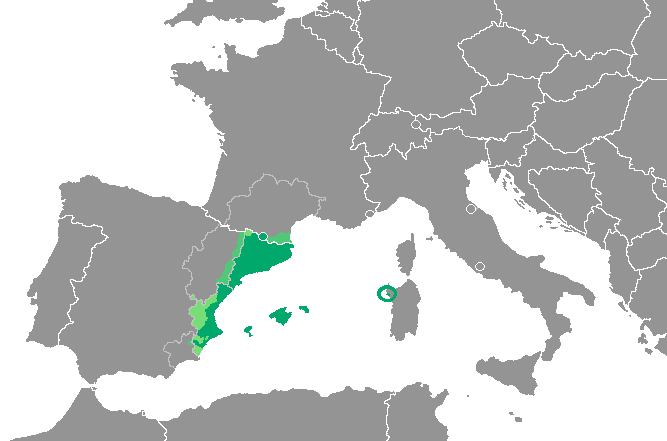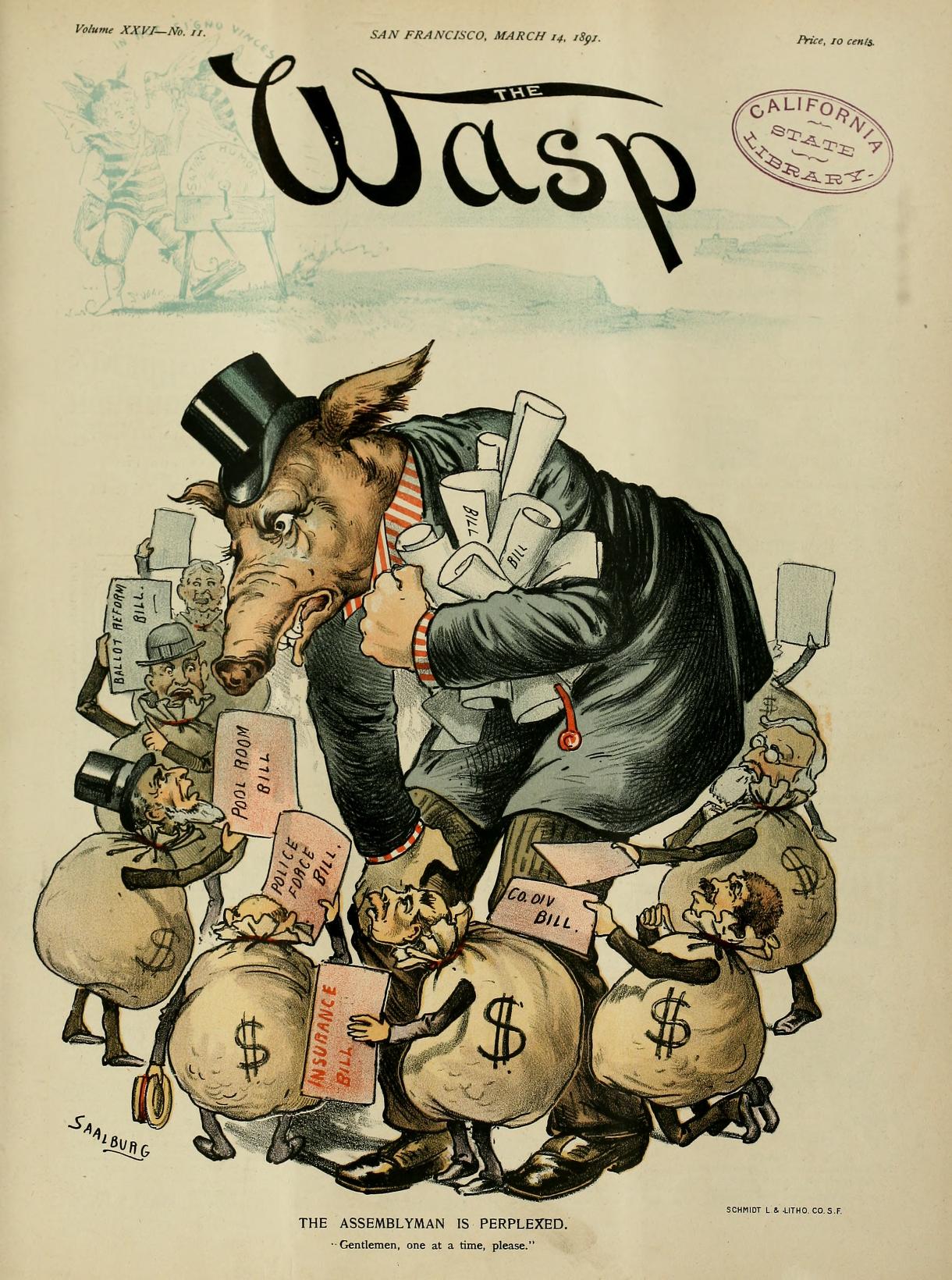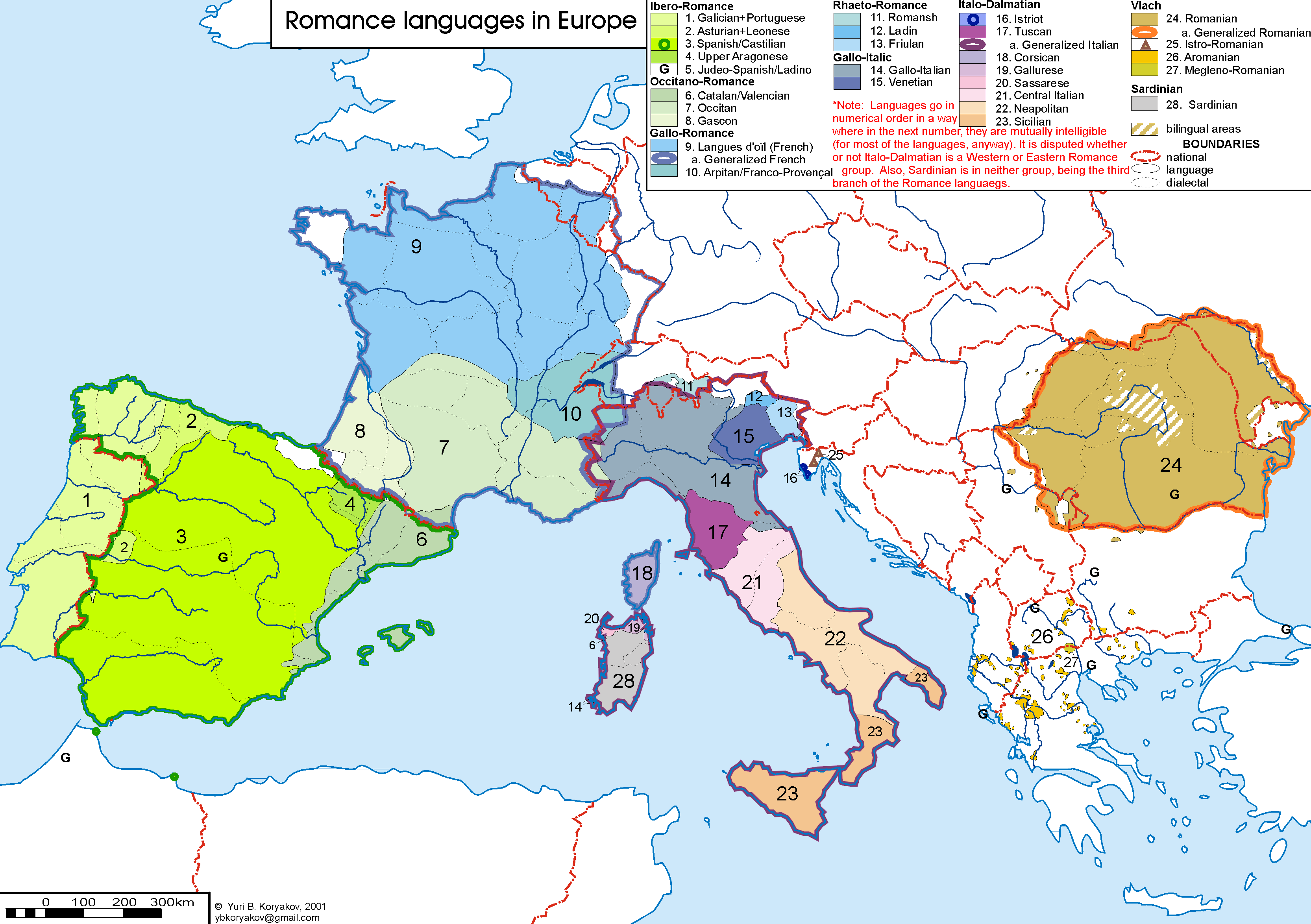|
Language Secessionism
Language secessionism (also known as linguistic secessionism or linguistic separatism) is an attitude supporting the separation of a language variety from the language to which it has hitherto been considered to belong, in order for this variety to be considered a distinct language. This attitude was first analyzed in Catalan sociolinguistics but it is attested in other parts of the world. In Arabic Sociolinguistic background The Arab World is characterized by diglossia: local dialects dominate the sphere of daily communication, while Standard Arabic carries high prestige and is used in formal writing and speaking. This situation has important political and social implications. Modern Standard Arabic is the official language of all Arab countries, and enjoys the status of a global language. Standard Arabic is also the lingua sacra of Islam, which further increases its importance. However, a claim could be made that it is no one's first language, since Arab children acq ... [...More Info...] [...Related Items...] OR: [Wikipedia] [Google] [Baidu] [Amazon] |
Language Variety
In sociolinguistics, a variety, also known as a lect or an isolect, is a specific form of a language or language cluster. This may include languages, dialects, registers, styles, or other forms of language, as well as a standard variety.Meecham, Marjorie and Janie Rees-Miller. (2001) "Language in social contexts." In W. O'Grady, J. Archibald, M. Aronoff and J. Rees-Miller (eds) ''Contemporary Linguistics''. pp. 537-590. Boston: Bedford/St. Martin's. The use of the word ''variety'' to refer to the different forms avoids the use of the term ''language'', which many people associate only with the standard language, and the term ''dialect'', which is often associated with non-standard language forms thought of as less prestigious or "proper" than the standard.Schilling-Estes, Natalies. (2006) "Dialect variation." In R.W. Fasold and J. Connor-Linton (eds) ''An Introduction to Language and Linguistics''. pp. 311-341. Cambridge: Cambridge University Press. Linguists speak of both st ... [...More Info...] [...Related Items...] OR: [Wikipedia] [Google] [Baidu] [Amazon] |
Egyptian Nationalism
Egyptian nationalism is based on Egyptians and Egyptian culture. Egyptian nationalism has typically been a civic nationalism that has emphasized the unity of Egyptians regardless of their ethnicity or religion. Egyptian nationalism first manifested itself as Anti-English sentiment during the Egyptian revolution of 1919. History Origins The early Egyptian protonationalism was shaped by foreign invasions and conquests. The Assyrian conquest and the Battle of Carchemish led to a figure of Nebuchadnezzar becoming the archetype of the Eastern conqueror, a figure representing foreign domination, an outsider and a prototypical enemy of Egypt. The Egyptian attitude towards the subsequent Persian conquest led by Cambyses II and the Macedonian conquest led by Alexander the Great is somewhat conflicting. Herodotus, drawing from native Egyptian tradition, portrays Cambyses, on one hand, as a brutal conqueror, who desecrated sacred Apis bull cult, the view that is also supported ... [...More Info...] [...Related Items...] OR: [Wikipedia] [Google] [Baidu] [Amazon] |
Valencian Language
Valencian () or the Valencian language () is the official, historical and traditional name used in the Valencian Community to refer to the Romance language also known as Catalan language, Catalan, 'hour'. However (although regarded as non-standard), there are cases where regressive metaphony occurs over pretonic vowels; e.g. > 'affects', > 'towel'. :** Vowel harmony differs greatly from dialect to dialect, while many varieties assimilate both to the height and the quality of the preceding stressed vowel (e.g. 'Earth, land' and 'woman'); in other varieties, it is just the height that assimilates, so that and can be realised with either ( and/or ) or with ( and/or ), depending on the region and speaker. :*** In some subvarieties the unstressed vowels produced by vowel harmony may actually be higher than the stressed ones (e.g. 'door'). :* In a wider sense, vowel assimilations can occur in further instances (that is all or most instances of final unstressed , r ... [...More Info...] [...Related Items...] OR: [Wikipedia] [Google] [Baidu] [Amazon] |
Writing System
A writing system comprises a set of symbols, called a ''script'', as well as the rules by which the script represents a particular language. The earliest writing appeared during the late 4th millennium BC. Throughout history, each independently invented writing system gradually emerged from a system of proto-writing, where a small number of ideographs were used in a manner incapable of fully encoding language, and thus lacking the ability to express a broad range of ideas. Writing systems are generally classified according to how its symbols, called ''graphemes'', relate to units of language. Phonetic writing systemswhich include alphabets and syllabariesuse graphemes that correspond to sounds in the corresponding spoken language. Alphabets use graphemes called ''letter (alphabet), letters'' that generally correspond to spoken phonemes. They are typically divided into three sub-types: ''Pure alphabets'' use letters to represent both consonant and vowel sounds, ''abjads'' gene ... [...More Info...] [...Related Items...] OR: [Wikipedia] [Google] [Baidu] [Amazon] |
Lobbying
Lobbying is a form of advocacy, which lawfully attempts to directly influence legislators or government officials, such as regulatory agency, regulatory agencies or judiciary. Lobbying involves direct, face-to-face contact and is carried out by various entities, including individuals acting as Voting, voters, constituents, or private citizens, corporations pursuing their business interests, nonprofits and Non-governmental organization, NGOs through advocacy groups to achieve their missions, and legislators or government officials influencing each other in legislative affairs. Lobbying or certain practices that share commonalities with lobbying are sometimes referred to as government relations, or government affairs and sometimes legislative relations, or legislative affairs. It is also an Industry (economics), industry known by many of the aforementioned names, and has a near-complete overlap with the public affairs industry. Lobbyists may fall into different categories: amateur lo ... [...More Info...] [...Related Items...] OR: [Wikipedia] [Google] [Baidu] [Amazon] |
Cultural Linguistics
Ethnolinguistics (sometimes called cultural linguistics) is an area of anthropological linguistics that studies the relationship between a language or group of languages and the cultural practices of the people who speak those languages. It examines how different cultures conceptualize and categorize their experiences, such as spatial orientation and environmental phenomena. Ethnolinguistics incorporates methods like ethnosemantics, which analyzes how people classify and label their world, and componential analysis, which dissects semantic features of terms to understand cultural meanings. The field intersects with cultural linguistics to investigate how language encodes cultural schemas and metaphors, influencing areas such as intercultural communication and language learning. Examples Ethnolinguists study the way perception and conceptualization influences language and show how that is linked to different cultures and societies. An example is how spatial orientation is exp ... [...More Info...] [...Related Items...] OR: [Wikipedia] [Google] [Baidu] [Amazon] |
Cultural Identity
Cultural identity is a part of a person's identity (social science), identity, or their self-conception and self-perception, and is related to nationality, ethnicity, religion, social class, generation, Locality (settlement), locality, gender, or any kind of social group that has its own distinct culture. In this way, cultural identity is both characteristic of the individual but also of the culturally identical group of members sharing the same cultural identity or upbringing. Cultural identity is an unfixed process that is continually evolving within the discourses of social, cultural, and historical experiences. Some people undergo more cultural identity changes as opposed to others, those who change less often have a clear cultural identity. This means that they have a dynamic yet stable integration of their culture. There are three pieces that make up a person's cultural identity: cultural knowledge, category label, and social connections. Cultural knowledge refers to a pers ... [...More Info...] [...Related Items...] OR: [Wikipedia] [Google] [Baidu] [Amazon] |
Linguistics
Linguistics is the scientific study of language. The areas of linguistic analysis are syntax (rules governing the structure of sentences), semantics (meaning), Morphology (linguistics), morphology (structure of words), phonetics (speech sounds and equivalent gestures in sign languages), phonology (the abstract sound system of a particular language, and analogous systems of sign languages), and pragmatics (how the context of use contributes to meaning). Subdisciplines such as biolinguistics (the study of the biological variables and evolution of language) and psycholinguistics (the study of psychological factors in human language) bridge many of these divisions. Linguistics encompasses Outline of linguistics, many branches and subfields that span both theoretical and practical applications. Theoretical linguistics is concerned with understanding the universal grammar, universal and Philosophy of language#Nature of language, fundamental nature of language and developing a general ... [...More Info...] [...Related Items...] OR: [Wikipedia] [Google] [Baidu] [Amazon] |
Romance Languages
The Romance languages, also known as the Latin or Neo-Latin languages, are the languages that are Language family, directly descended from Vulgar Latin. They are the only extant subgroup of the Italic languages, Italic branch of the Indo-European languages, Indo-European language family. The five list of languages by number of native speakers, most widely spoken Romance languages by number of native speakers are: * Spanish language, Spanish (489 million): official language in Spain, Mexico, Equatorial Guinea, the Sahrawi Arab Democratic Republic, SADR, Cuba, Dominican Republic, Puerto Rico and most of Central America, Central and South America * French language, French (310 million): official in 26 countries * Portuguese language, Portuguese (240 million): official in Portugal, Brazil, Portuguese-speaking African countries, Portuguese-speaking Africa, Timor-Leste and Macau * Italian language, Italian (67 million): official in Italy, Vatican City, San Marino, Switzerland; mi ... [...More Info...] [...Related Items...] OR: [Wikipedia] [Google] [Baidu] [Amazon] |
Language Revitalization
Language revitalization, also referred to as language revival or reversing language shift, is an attempt to halt or reverse the decline of a language or to revive an extinct one. Those involved can include linguists, cultural or community groups, or governments. Some argue for a distinction between language revival (the resurrection of an extinct language with no existing native speakers) and language revitalization (the rescue of a "dying" language). Languages targeted for language revitalization include those whose use and prominence is severely limited. Sometimes various tactics of language revitalization can even be used to try to revive extinct languages. Though the goals of language revitalization vary greatly from case to case, they typically involve attempting to expand the number of speakers and use of a language, or trying to maintain the current level of use to protect the language from extinction or language death. Reasons for revitalization vary: they can incl ... [...More Info...] [...Related Items...] OR: [Wikipedia] [Google] [Baidu] [Amazon] |
Catalan Language
Catalan () is a Western Romance languages, Western Romance language and is the official language of Andorra, and the official language of three autonomous communities of Spain, autonomous communities in eastern Spain: Catalonia, the Balearic Islands and the Valencian Community, where it is called ''Valencian language, Valencian'' (). It has semi-official status in the Italy, Italian ''comune'' of Alghero, and it is spoken in the Pyrénées-Orientales department of France and in two further areas in eastern Spain: the La Franja, eastern strip of Aragon and the Carche area in the Region of Murcia. The Catalan-speaking territories are often called the or "Països Catalans". The language evolved from Vulgar Latin in the Middle Ages around the eastern Pyrenees. It became the language of the Principality of Catalonia and the kingdoms of kingdom of Valencia, Valencia and Kingdom of Majorca, Mallorca, being present throughout the Mediterranean. Replaced by Spanish as a language of gov ... [...More Info...] [...Related Items...] OR: [Wikipedia] [Google] [Baidu] [Amazon] |
Occitan Language
Occitan (; ), also known by its native speakers as (; ), sometimes also referred to as Provençal, is a Romance language spoken in Southern France, Monaco, Italy's Occitan Valleys, as well as Spain's Val d'Aran in Catalonia; collectively, these regions are sometimes referred to as Occitania. It is also spoken in Calabria ( Southern Italy) in a linguistic enclave of Cosenza area (mostly Guardia Piemontese) named Gardiol, which is also considered a separate Occitanic language. Some include Catalan as a dialect of Occitan, as the linguistic distance between this language and some Occitan dialects (such as the Gascon language) is similar to the distance between different Occitan dialects. Catalan was considered a dialect of Occitan until the end of the 19th century and still today remains its closest relative. Occitan is an official language of Catalonia, Spain, where a subdialect of Gascon known as Aranese is spoken (in the Val d'Aran). Since September 2010, the Par ... [...More Info...] [...Related Items...] OR: [Wikipedia] [Google] [Baidu] [Amazon] |







